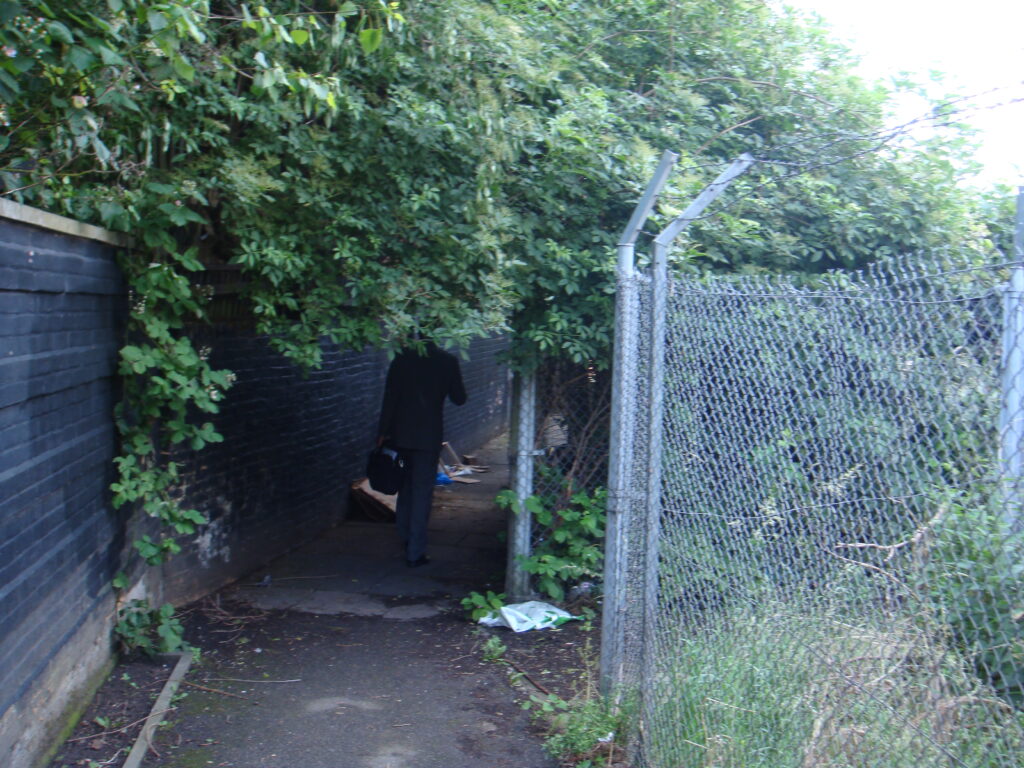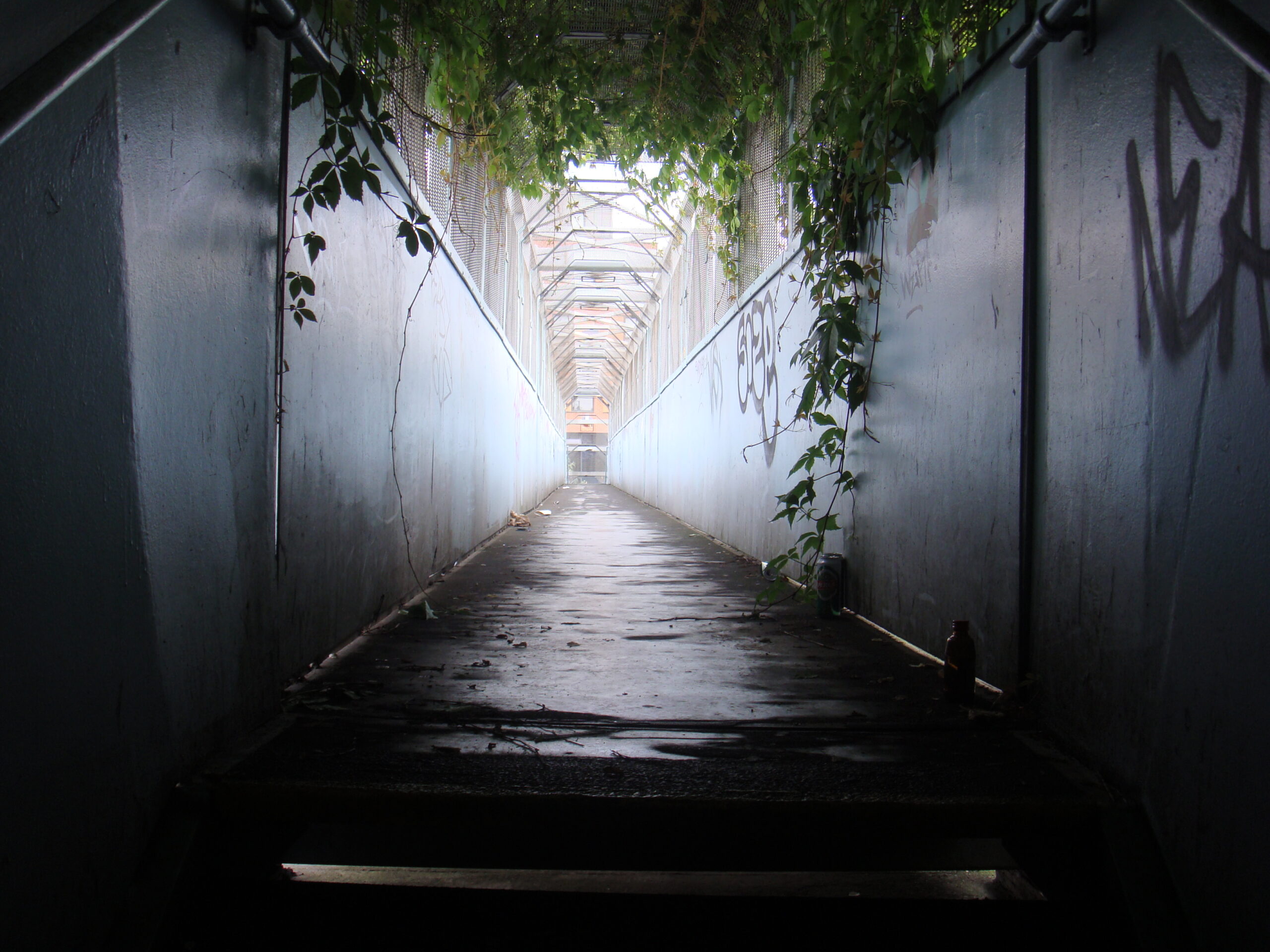Concerns about personal security are a major factor explaining travel behaviour. People will adapt the way they travel if they fear they can be victims of crime, harassment, or unsocial behaviour that makes them feeling uncomfortable.
These concerns apply mostly to public transport, shared taxis, cycling, and walking. These are the modes where people share space with strangers (in vehicles, stations, bus stops, and streets). People using private cars are more protected (although car parks, and the walking trip from/to them, can also feel dangerous).
If people feel unsafe using a travel mode, they might switch to another. They may also reduce the number of trips they make. Or they might avoid travelling after dark or in places with few other people around.
Studies have shown that women, older people, ethnic or national minorities, and the LGBTQ+ community, are quite concerned about personal security when travelling.
Regardless of the real danger, some types of travel environment feel more dangerous than others. Environments with poor lighting and few other travellers around feel more dangerous. Environments without “eyes on the street” (i.e., people using the street or looking from their windows/balconies) feel more dangerous. See here what Jane Jacobs thought about that.
In some cases, the infrastructure used by a mode of transport creates insecure environments for other modes. For example, railways sometimes create insecure environments for walking, especially in cities.
One reason is that railways cut the city into fragments. Often, there are narrow streets, alleys, or paths along the railway lines. By definition, there won’t be people on one side of those streets, as that side is the railway, and not buildings with frontages and “eyes on the street”.
In many cases there are also no people on the other side, but walls or fences, or the backs of buildings. The streets next to railways also tend to be narrow. And the connectivity of these streets is poor, because, again, on one side is the railway, which can only be crossed in a few locations, using footbridges or underpasses. So people often need to walk for quite a while along these streets.
The photo below shows an example, in North London, of a path sandwiched between the railway (on the right) and a wall (on the left). This is obviously not an attractive place to walk, even during the day, because of its isolation. And it’s quite long: 650 metres. Once you’re in it, there is no way out other than turning back or keep walking until the end. It takes less than 10 minutes to walk the whole length, but it feels longer than that, because of the fear (and the loathing of yourself for having chosen this way).

This is a potentially useful path as it’s the shortest way between two stations, on different railway lines, so it could be used for interchange. Furthermore, the neighbourhoods at both ends are dense with residents and businesses. So this poor walking connection may be preventing many potential walking trips.
Poor maintenance adds to the problem. In the case above, the trees reduce visibility and cast shadows, which reduces people’s perceived safety. And the litter contributes to an hostile walking environment.
This is a poor pedestrian space in all aspects. I did street audits in the area in 2016 and this was the worst pedestrian space I found. It’s the reddest link in Figure 6a in this paper.
The path has been described in another blog, with a bit more history and local context, and several photos. There is even a song about it. But it is not a place much loved in the area. There have even been attempts to close the path.
Another problem related to the fragmentation of urban space created by the railway is that the few available crossings often become insecure places themselves. They are usually protected with high walls, to avoid falls, so they are not visible from outside. Again, poor design and maintenance do not help. Here is an example, in the same area in North London, of a crossing over the railway, with a spooky environment, even during the day.

Insecurity in the walking environments around railway lines may make people avoid walking, which may even mean avoiding using rail itself as a mode of transport. If they don’t have other options (e.g. private car), they may miss on opportunities, such as employment and education.
So this is a problem. Removing the railway is not a feasible solution, in most cases. But smaller interventions may help. For example, remove excessive foliage from trees, regular cleaning and maintenance, surveillance, or even street art.
Of course, if the path keeps attracting unsocial behaviour, and repelling pedestrians, there is also the option of closing it, especially at night.